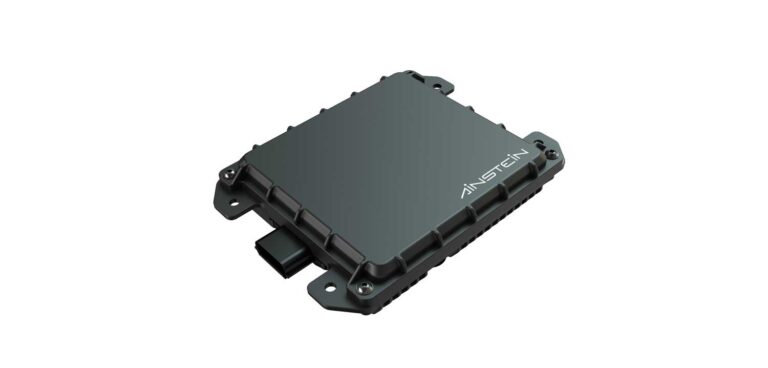A radar imaging sensor optimized for autonomous construction vehicles has been unveiled, which claims to allow trucks to operate reliably in the presence of dust and dirt that typically cause lidar and camera sensors issues.
The K-79 from Ainstein, a USA-based specialist in intelligent radar systems, launched what it claims is the first commercially available sensor validated for self-driving vehicles in hazardous conditions such as industrial trucks, agricultural equipment and cleaning vehicles.
It is said to be able to produce a detailed point cloud of detected objects around the vehicle, such as other vehicles, bicycles and pedestrians, offering a lidar-like image quality even with the presence of airborne artefacts which would typically distort the effectiveness of a lidar.
The radar works by combining the range, speed, azimuth and elevation information of nearby objects then creating a 2D point cloud mapping of the surrounding environment. It then produces 3D shapes of those objects to allow for the vehicle to identify and distinguish what they are.
“There is an urgent market need for sensors that provide lidar-like images, but that can function effectively where lidar is compromised, such as extremely bright, extremely dim, dusty and similar conditions,” said Andrew Boushie, Ainstein’s vice president of strategy and partnerships.
“These extreme conditions can make existing camera and lidar solutions unreliable. For industry to adopt autonomous driving technology, it is essential that functionality is near flawless in all environments.”
A customized version of the K-79 is currently being piloted in a project to automate mining excavation and material removal and could create opportunities for similar use with vehicles such as snow removers, sweepers, forklifts and tractors.


